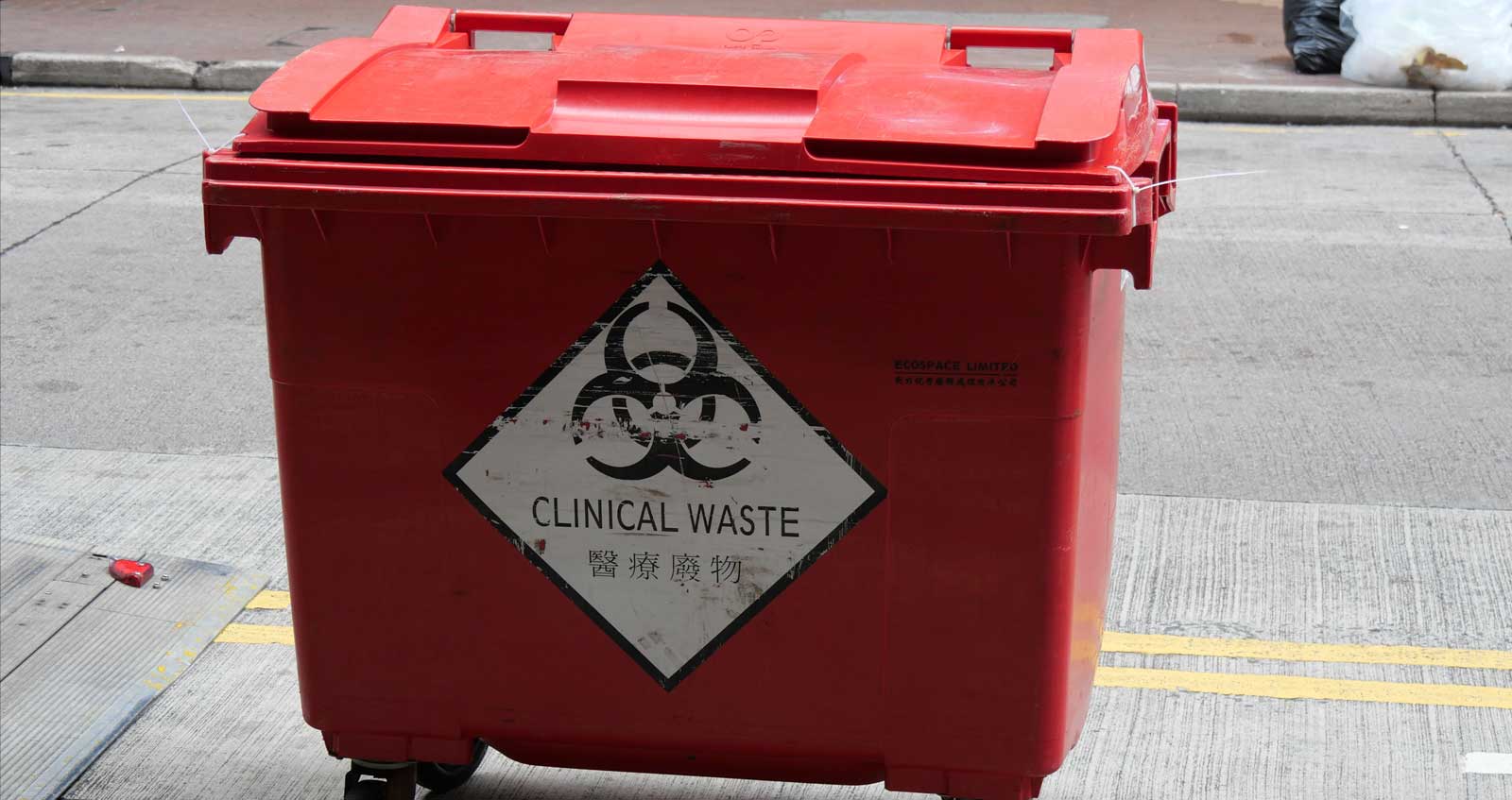Exploring Various Garbage Disposal Options for a Cleaner Setting
In the quest of a cleaner environment, the management of waste disposal has actually emerged as an important focal factor for lasting growth. With a wide variety of waste disposal options readily available, varying from standard garbage dump methods to ingenious waste-to-energy modern technologies, the selection of exactly how we handle our waste has significant ramifications for our earth's wellness.
Recycling Methods
Implementing efficient reusing methods is vital in reducing waste and advertising sustainability in our atmosphere. Recycling involves the process of transforming waste products right into reusable items to prevent unnecessary disposal.
An additional vital recycling technique is composting, which entails decomposing organic waste like food scraps and lawn trimmings right into nutrient-rich soil. This process not just draws away natural waste from landfills yet also produces a useful resource for horticulture and farming. In addition, upcycling is a creative recycling technique that entails transforming old or disposed of products into items of better or value. By integrating these numerous reusing methods right into our waste management methods, we can considerably minimize our ecological footprint and relocate in the direction of a much more sustainable future.

Composting Strategies
Effective waste monitoring methods, such as recycling methods, lead the way for a cleaner atmosphere, and now, changing the emphasis to 'Composting Techniques', we discover lasting means to disintegrate natural waste for environmental benefit. medical waste disposal.
Composting is an all-natural procedure that changes natural waste, like food scraps and lawn trimmings, into a nutrient-rich dirt modification. The secret to successful composting depends on developing the right balance of green products, such as vegetables and fruit scraps, and brown materials, like dried twigs and leaves. These materials decay with the assistance of bacteria, damaging down the waste right into useful garden compost.
Typical yard composting includes layering natural products in a bin or stack and consistently turning the mixture to freshen it. By utilizing composting strategies, we can decrease the quantity of waste sent to garbage dumps while producing a valuable item for enriching soil and sustaining plant growth.
Incineration Disadvantages and pros
Incineration, as a waste disposal method, provides both benefits and disadvantages that merit mindful factor to consider in the realm of sustainable waste management practices. On the silver lining, incineration can considerably minimize the volume of waste, reducing the demand for garbage dump space and potentially decreasing greenhouse gas discharges. Incineration additionally permits the recovery of power via the generation of electrical power or warm, adding to resource recovery. Moreover, the process can be used to destroy harmful substances, offering a secure approach for managing certain kinds of waste that may position risks to public health and wellness and the environment if left without treatment.
Nevertheless, there are remarkable disadvantages to incineration. One significant problem is the prospective release of dangerous toxins right into the air, such as dioxins, heavy steels, and particulate matter, which can have damaging effects on human health and the atmosphere. In addition, the high first financial investment and operational costs of incineration facilities position economic challenges, making it a much less cost-effective choice contrasted to other waste management methods. Mindful monitoring and guideline are vital to minimize these negative effects and basics maximize the benefits of incineration as part of an extensive waste monitoring strategy.
Land Fill Administration Techniques
Garbage dumps play a critical duty in waste monitoring and ecological conservation by giving a control system for the disposal of strong waste products. Efficient landfill administration techniques are crucial to alleviate ecological impacts and make sure the long-term sustainability of these garbage disposal sites. One essential approach is proper waste compaction to take full advantage of the use of readily available area within the landfill (click here). By condensing the waste, the volume is lowered, permitting more waste to be accommodated with time.
Additionally, the application of everyday cover methods is important in decreasing odors, protecting against litter, and reducing the tourist attraction of bugs. Covering the disposed waste at the end of daily assists to consist of odors and avoid possible ecological contamination. In addition, the tracking of landfill gas emissions and leachate levels is crucial in making certain that ecological requirements are satisfied and that any possible threats to bordering environments are decreased.

Waste-to-Energy Technologies
Among the innovative methods to lose management entails using Waste-to-Energy innovations to convert strong waste right into functional power sources. Waste-to-Energy (WtE) modern technologies incorporate a series of processes that intend to extract power from waste materials via thermal, chemical, or organic methods. This conversion process not only lowers the quantity of waste that finishes up in landfills yet also creates important power resources such as electricity, warm, or biofuels.
Incineration entails burning waste at high temperatures to generate warmth and electricity. Gasification transforms waste right into a syngas, which can be utilized for power generation or chemical manufacturing.
Implementing Waste-to-Energy technologies can help alleviate environmental problems connected with conventional waste disposal methods while all at once offering a renewable resource source. Mindful consideration needs to be provided to emissions control and ensuring the sustainability of feedstock materials for these modern technologies to be truly helpful for a cleaner atmosphere.

Verdict
Finally, checking out various waste disposal alternatives such as recycling, composting, incineration, landfill monitoring, and waste-to-energy innovations is important for promoting a cleaner setting - click here. Each technique has its very own benefits and challenges, yet by making use of a mix of these strategies, we can work in the direction of minimizing the amount of waste that finishes up in land fills and inevitably add to a much more lasting future for generations to come
With a multitude of waste disposal alternatives available, varying from traditional land fill techniques to cutting-edge waste-to-energy innovations, the selection of how we manage our waste has far-reaching ramifications for our earth's well-being. medical waste removal.Incineration, as a waste disposal approach, presents both benefits and disadvantages that merit mindful consideration in the realm of lasting waste administration practices.Garbage dumps play a critical duty in waste administration and environmental conservation by giving a containment system for the disposal of strong waste products. By condensing the waste, the volume is reduced, permitting for more waste to be suited over time
One of the innovative approaches to squander management involves using Waste-to-Energy technologies to transform solid waste right into useful power resources.